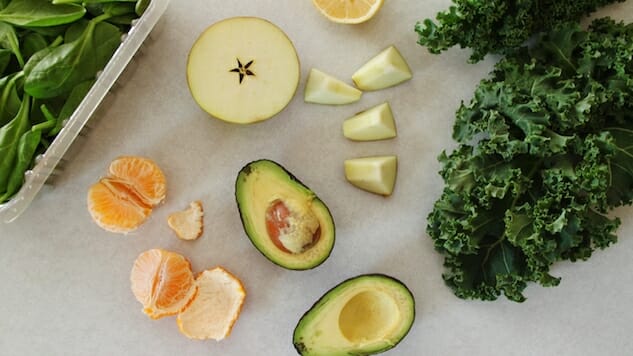Bodies in Balance: Post-Workout Nutrition

Any fitness enthusiast will tell you that what you eat and drink before, during and after a workout plays a key role in how your body performs, recovers and prepares for the next bout of exercise. And whether you’re hitting it hard in the gym, making an effort to add miles to your weekly run, or taking your bike on a long-distance tour, paying attention to when you feed and hydrate your body can be just as important as the workout itself.
Why Post-Workout Nutrition is Important
Post-workout nutrition has three specific purposes: replenish glycogen, decrease protein breakdown and increase protein synthesis. If done correctly, a good post-workout nutrition protocol can help improve recovery, lead to less muscle soreness, increase the body’s ability to build muscle and improve immune function.
If you’ve been around the fitness industry for any length to time, you’re bound to have heard people talking about the “window of opportunity.” What they are referring to is a “window” of time, when your muscles are primed and ready to accept nutrients that stimulate muscle repair, muscle growth, and muscle strength. Sounds serious, right? Well, it really does matter, especially if you want to recover and be ready for your next bout of exercise.
According to Cynthia Sass, RD, CSSD, sports nutritionist and author of Slim Down Now: Shed Pounds and Inches With Pulses-The New Superfood, “Exercise puts stress on your muscles, joints, and bones, and your body uses up nutrients during workouts; so post-workout foods help to put back what you’ve lost, and provide the raw materials needed for repair and healing,” she says. “In fact, it’s the recovery from exercise that really allows you to see results in terms of building strength, endurance, and lean muscle tissue,” adds Sass.
Not recovering properly can leave you weaker as you go into your next workout and up your risk of injury. The minute you end your workout, this window opens. And while the research is varied, some experts say it’s the first 30 minutes that are the most critical, while others claim this window can last up to two hours post-workout. It is during this time that feeding your body the proper nutrients, will help it recover and grow.